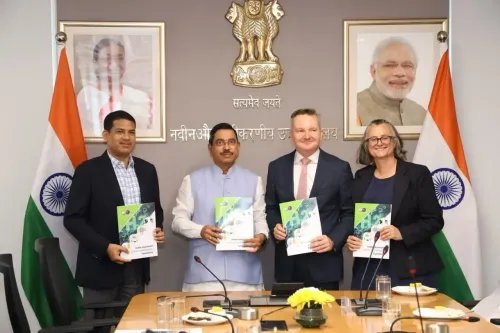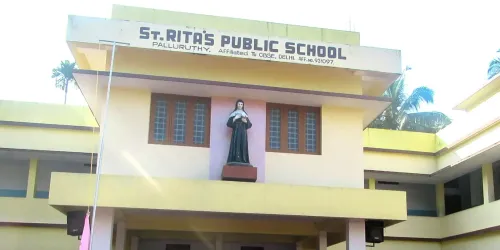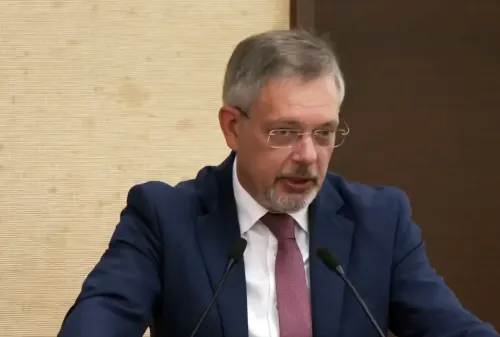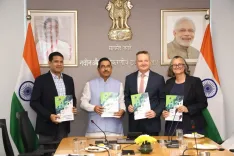How is India’s Food Security System Ensuring Nutritional Equity for 81 Crore Citizens?
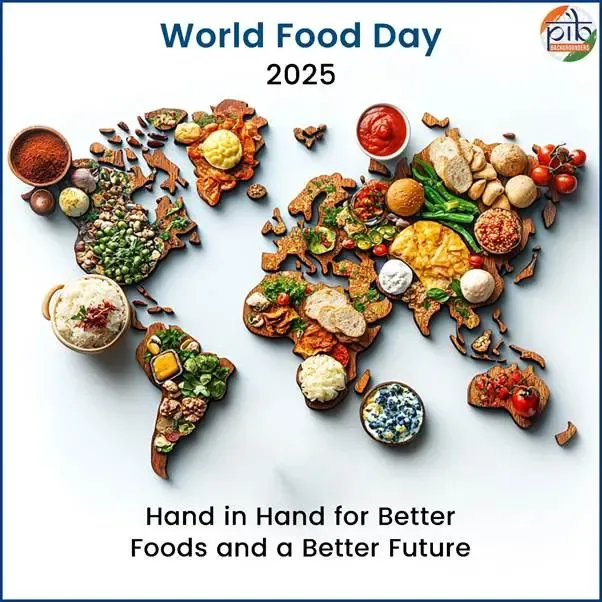
Synopsis
Key Takeaways
- India's food security system ensures equitable access to food for 81 crore citizens.
- World Food Day promotes awareness of food security issues.
- Significant progress has been made in agricultural production.
- Key initiatives include the National Food Security Act and PMGKAY.
- India ranks first in global milk and millet production.
New Delhi, Oct 16 (NationPress) The Indian government has highlighted that its food security framework is designed to guarantee food and nutritional equity for 81 crore citizens on this year’s World Food Day, observed on October 16, 2025. This day aims to raise awareness about the need for access to safe, nutritious, and sustainable food for everyone. The theme for this year is ‘Hand in Hand for Better Foods and a Better Future’.
According to an official statement, food security means that all individuals, at all times, have the physical and economic access to enough safe and nutritious food that meets their dietary needs and preferences for a healthy life. Achieving this goal involves not only sufficient food production but also fair distribution.
The government elaborated that India’s food security structure relies on a two-pronged strategy: enhancing agricultural production and ensuring fair distribution.
Significant strides have been made in combating hunger and enhancing food security through various programs and policies aimed at reducing malnutrition, alleviating poverty, and fostering agricultural sustainability.
With initiatives like the National Food Security Act (NFSA) of 2013, along with flagship programs such as Pradhan Mantri Garib Kalyan Anna Yojana (PMGKAY), the Decentralised Procurement Scheme (DCP), and the Open Market Sale Scheme – Domestic (OMSS-D), the government facilitates inclusive access to affordable food grains for nearly 81 crore people.
These initiatives also play a crucial role in maintaining price stability and safeguarding vulnerable households from hunger and malnutrition.
Moreover, the country has bolstered its production of wheat, pulses, milk, and honey through the National Food Security Mission (NFSM), which was renamed the National Food Security & Nutrition Mission (NFSNM) in 2014-15, emphasizing both food production and nutrition. While NFSM/NFSNM strives for increased food grain production for the Central Pool, the NFSA, 2013, ensures equitable distribution.
The government reported that over the past decade, India has achieved an increase of approximately 90 million metric tonnes in food grain production, with fruit and vegetable output climbing by more than 64 million metric tonnes.
India now holds the top position globally in milk and millet production and ranks second in fish, fruit, and vegetable production. The production of honey and eggs has also doubled since 2014. Additionally, India’s agricultural exports have nearly doubled over the last 11 years, marking a significant global presence.
Other essential government initiatives for ensuring food security include the Pradhan Mantri Garib Kalyan Anna Yojana (PMGKAY), the Rice Fortification Initiative, Direct Beneficiary Transfer (DBT), Integrated Child Development Schemes, PM POSHAN (POshan SHAkti Nirman) Scheme, One Nation One Ration Card (ONORC), Public Distribution System (PDS), and the Open Market Sales Scheme (Domestic).
The government emphasized that these welfare schemes demonstrate India’s unwavering commitment to effectively combat hunger and malnutrition.

